Elevate Your Space: Affordable Garden Upgrades and Expert Advice
Key Takeaways
- Garden Makeover Costs: Elevate your space with a garden makeover starting from £2,000 for small gardens, up to £25,000+ for larger ones. Factor in materials, labour, and design complexity to plan your budget effectively.
- Hiring a Landscape Designer: Budget between £500 and £20,000+ for professional design services. Obtain detailed quotes and clarify if materials and labour are included to avoid surprises.
- DIY vs. Professional Help: Save on costs with DIY projects, but consider professional assistance for complex tasks or eco-friendly designs, balancing affordability with quality and time efficiency.
- Experienced Gardeners: Invest in experienced professionals who charge £80–£150 per hour, offering expert care and enhancing your garden’s aesthetics and functionality.
- Eco-Friendly Garden Upgrades: Explore sustainable options like natural stone or treated wood, balancing aesthetic appeal with environmental impact, often costing slightly more but adding long-term value.
- Budget-Savvy Planning: Compare quotes from reputable firms and plan meticulously to maximize your garden transformation within your financial limits.
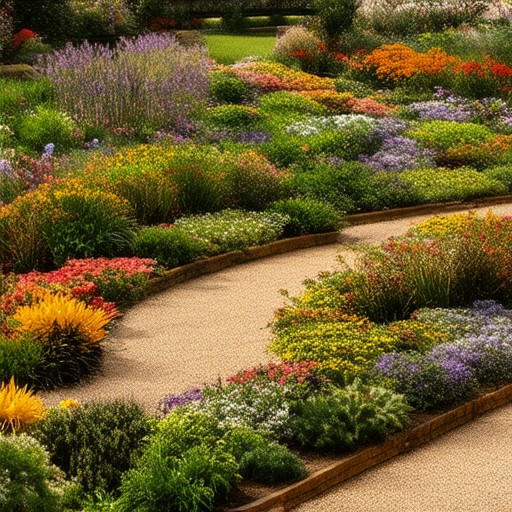
How to Improve a Garden Cheaply
Improving your garden doesn’t have to be expensive. With a bit of creativity and effort, you can enhance your outdoor space on a budget. Here are some practical and cost-effective gardening tips:
- Composting:** Create a compost pile to enrich your soil naturally. Collect kitchen scraps, yard waste, and newspaper, and let them decompose. Use the resulting compost to fertilize your plants, boosting growth and health.
- Mulching:** Apply mulch around your plants to retain moisture, suppress weeds, and regulate soil temperature. Use materials like leaves, straw, or wood chips, which are often available for free or at a low cost.
- Prune Trees and Shrubs:** Regular pruning helps maintain plant health and improves air circulation, reducing the risk of diseases. Use tools you already own or look for discounted pruners during sales.
- Control Weeds Naturally:** Remove weeds manually or try natural methods like pouring boiling water over small patches. This approach is eco-friendly and doesn’t cost much.
- Plant Native Species:** Choose plants that thrive in your local climate and soil conditions. Native plants are often more resilient and require less maintenance. Plus, they attract pollinators and wildlife.
- Create Vertical Gardens:** Transform unused walls or fences into vertical gardens using hanging baskets, pots, or even old pallets. This method saves space and allows you to grow herbs, flowers, or vegetables.
- Hanging Bird Feeders or Wind Chimes:** Add charm to your garden by installing bird feeders or wind chimes. You can often find these items second-hand or at discount stores, making them an affordable addition.
- Add Decorative Elements:** Enhance your garden’s curb appeal with affordable decorations like pebbles, solar-powered lights, or wind art. These items can often be found at dollar stores or online marketplaces.
- Install a Rain Barrel or Collect Greywater:** Capture rainwater or collect greywater from your household to water your plants. This practice conserves water and reduces your reliance on costly irrigation systems.
- Share or Swap Plants:** Join a community garden swap with your neighbors. Share excess plants or seeds to get variety in your garden without spending money.
The 70/30 Rule in Gardening
The 70/30 rule in gardening refers to a planting strategy where 70% of the garden bed is left open for walking and movement, while 30% is allocated for planting. This approach ensures optimal plant health by promoting better airflow, sunlight penetration, and reducing the risk of overcrowding.
This rule is particularly useful for vegetable gardens and flower beds. By leaving 70% of the space open, gardeners can easily walk through, weed, and harvest without disrupting the plants. Additionally, the increased airflow helps prevent fungal diseases and allows plants to grow stronger and healthier.
For container gardens, this rule can be adapted to fit the available space, but maintaining the principle of balanced spacing is key to maximizing plant productivity and preventing stress-related issues.
Following the 70/30 rule not only improves plant health but also simplifies garden maintenance, making it a valuable tool for both novice and experienced gardeners alike.
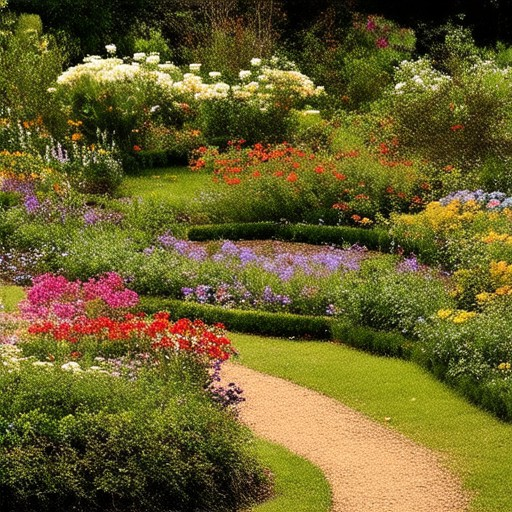
What is the Gardening 3-Year Rule?
The gardening 3-year rule refers to the natural growth cycle of perennial plants. Understanding this rule helps gardeners set realistic expectations and ensures successful long-term gardening efforts. Here’s a breakdown of how it works:
- Year 1: Establishment – Perennials focus on root development during their first year. They may not produce many flowers, but they’re laying the groundwork for future growth.
- Year 2: Spread and Growth – In the second year, perennials begin to spread and grow more vigorously. This is a great time to divide them to create more plants for future years.
- Year 3: Bloom and Thrive – By the third year, perennials reach their full potential, producing abundant blooms and a robust structure. Regular maintenance, like deadheading, ensures they continue to thrive.
Tips for Maximizing Perennial Growth:
- Location : Choose sunny spots with well-draining soil for optimal growth.
- Soil Preparation : Rich, organic soil supports healthy root systems.
- Watering : Consistent watering during dry periods is crucial.
- Divide and Conquer : Dividing perennials every few years helps control their size and encourages new growth.
- Winter Care : Many perennials require protection from harsh winters to survive.
By following the 3-year rule and providing proper care, you can enjoy the beauty and longevity of your perennial gardens for years to come.
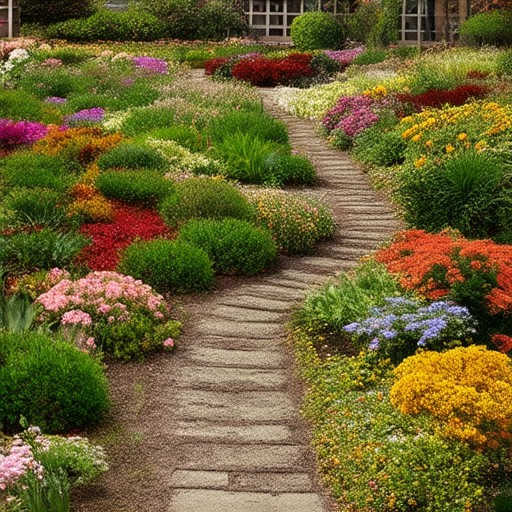
How Much Do Garden Makeovers Cost?
A garden makeover can vary greatly in cost depending on the scope of the project. Below is a breakdown of the typical costs involved:
Basic Landscaping Costs
- Labour and Materials : £100 per square metre (this often includes both Labour and materials)
- Planting : £30–£70 per square metre (depending on plant selection and quantity)
- Lighting : £200–£500 (for installation of solar lights or pathway lights)
- Fencing : £300–£800 (for perimeter fencing or decorative panels)
Hardscaping Costs
- Patios and Driveways : £250–£600 per square metre (materials-only cost)
- Water Features : £500–£1500 (e.g., pond or fountain installation)
- Decking : £300–£700 per square metre (wood or composite materials)
Extra Features
- Outdoor Kitchen : £5,000–£20,000 (depending on size and appliances)
- Pergola or Shade Structure : £3,000–£8,000 (based on material and size)
- Play Area : £2,000–£10,000 (for children or pets)
Average Total Costs
- Small Garden (50–100 sqm) : £2,000–£5,000
- Medium Garden (100–200 sqm) : £5,000–£10,000
- Large Garden (200+ sqm) : £10,000–£25,000+
Factors Influencing Cost
- Size of the Garden : Larger gardens generally cost more due to increased materials and Labour required.
- Materials Used : Higher-quality materials like natural stone or treated wood will increase costs.
- Design Complexity : Complex designs with multiple features may incur additional costs.
Getting Quotes
For an accurate estimate tailored to your specific needs, obtain quotes from reputable garden designers and landscapers in your area. Compare quotes thoroughly and ensure the contractor provides a detailed breakdown of costs before committing to work.
By planning carefully and selecting the right professionals, you can enjoy a transformed garden that enhances your outdoor space while staying within your budget.
How Much Does It Cost to Have Someone Design Your Garden?
The cost of hiring a professional landscape designer varies based on several factors, including the size and complexity of your project, the designer’s experience, and your location. On average, landscape designers charge between $50 and $100 per hour. Here’s a breakdown of what you can expect:
- Small Urban Garden: $500 – $2,000
- Medium-sized Garden: $1,500 – $5,000
- Large Estate or Complex Project: $5,000 – $20,000+
Some firms may offer fixed-price packages, which can make budgeting easier. Be sure to inquire about whether materials and labor are included in the designer’s fee or if they are an additional cost. Also, note that many designers charge a consultation fee upfront, which can range from $150 to $300.
To find reliable professionals, consider checking out these reputable firms:
- Peck and Gartner – Offers comprehensive landscaping solutions tailored to your needs.
- Garden City Landscapes – Specializes in modern, sustainable designs.
- NaturalScapes Pros – Known for eco-friendly and innovative designs.
For more insights, explore our guides on planning your garden renovation and comparing DIY vs. professional landscaping .
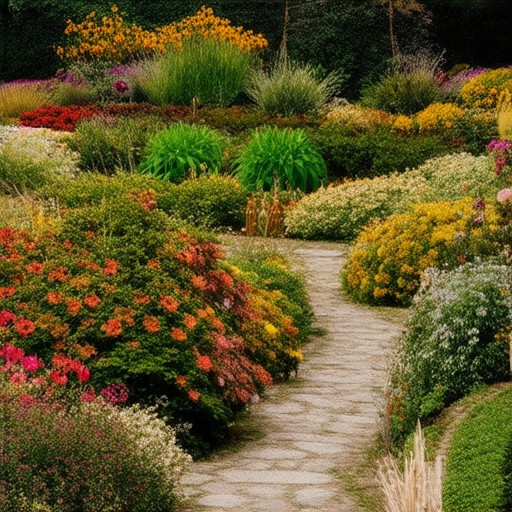
How Much Does It Cost to Have Someone Do Your Garden?
The cost to hire a gardener varies based on several factors, including the size of your garden, the type of work required, and the gardener’s level of experience. Here’s a breakdown:
- Novice Gardeners : Typically charge between $30 and $70 per hour. They may lack advanced knowledge or certifications but can still provide basic maintenance services.
- Experienced Gardeners : Often command higher rates, ranging from $80 to $150 per hour. Their expertise in plant care, soil management, and landscaping can justify the higher cost.
- Specialized Services : Costs can increase for tasks like landscape design, planting trees, or installing irrigation systems, which may require specialized skills.
For larger projects or ongoing maintenance, expect to pay more. Consider obtaining quotes from multiple providers to find the best fit for your needs and budget. Always clarify what services are included and check for any additional fees like travel charges before finalizing your choice.

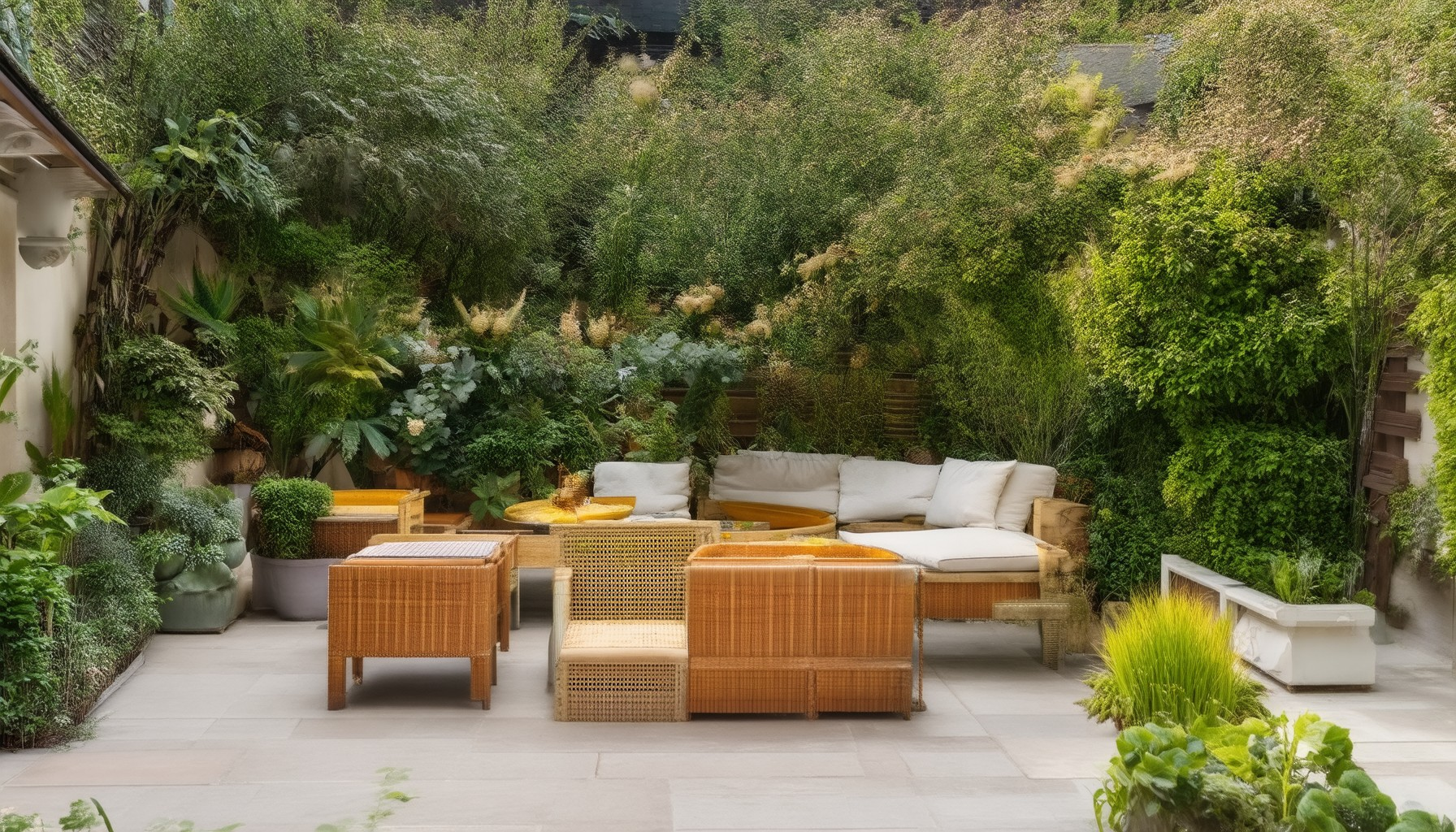



0 Comments